
The West began to discover Japanese culture in the middle of the 19th century. The artists were greatly impressed by the Japanese woodcuts, called “ukiye-e”, which were created by artists such as Ando Hiroshige, Katsushika Hokusai and Kitagawa Utamaro. In their engravings were depicted landscapes and scenes from everyday life. These images – concise, colorful and expressive, with an amazing composition, inspired many impressionist artists, including Monet.
So, the picture of Monet “Mountain Kolsaas”, written in Norway in 1895, was clearly created under the impression of one of the engravings of Hokusai, depicting Mount Fuji. For the transfer of space and volume, European artists traditionally used perspective, and for this purpose Japanese masters of engraving resorted to flashing planes placed in the right places of the painting. They also used unexpected angles, depicting the main object shifted relative to the center of the composition.
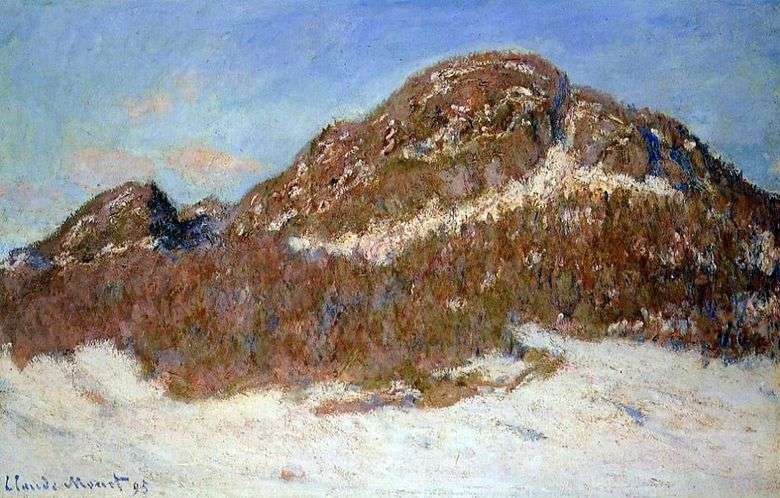 Monte Colesa – Claude Monet
Monte Colesa – Claude Monet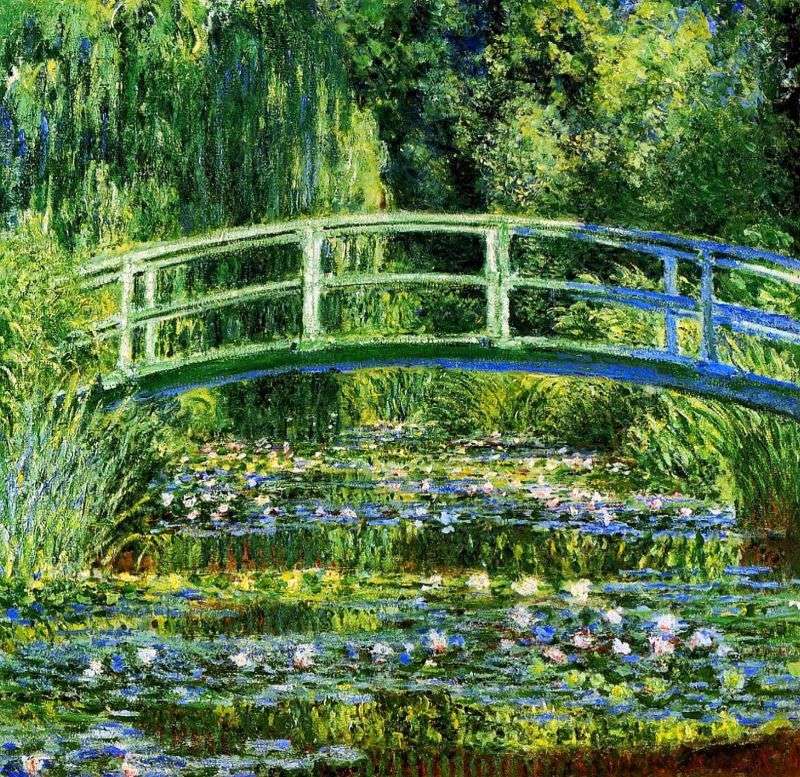 Water Garden by Claude Monet
Water Garden by Claude Monet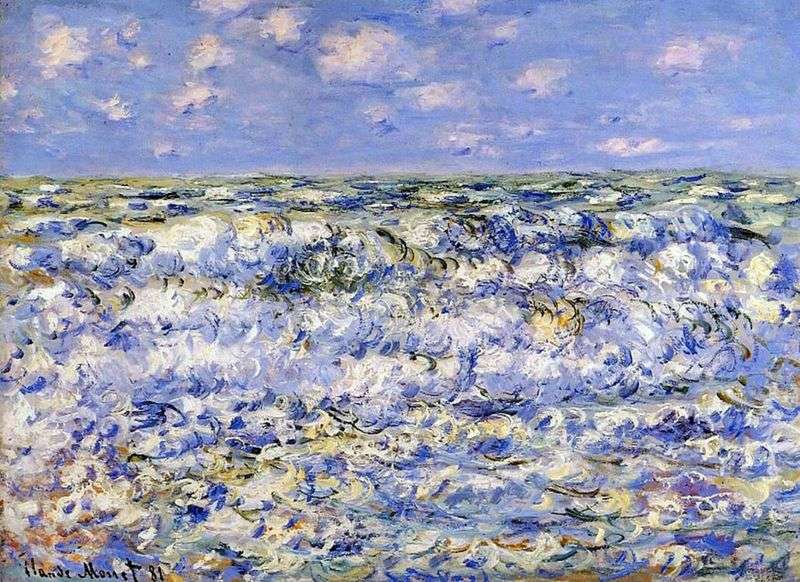 Breaking Waves by Claude Monet
Breaking Waves by Claude Monet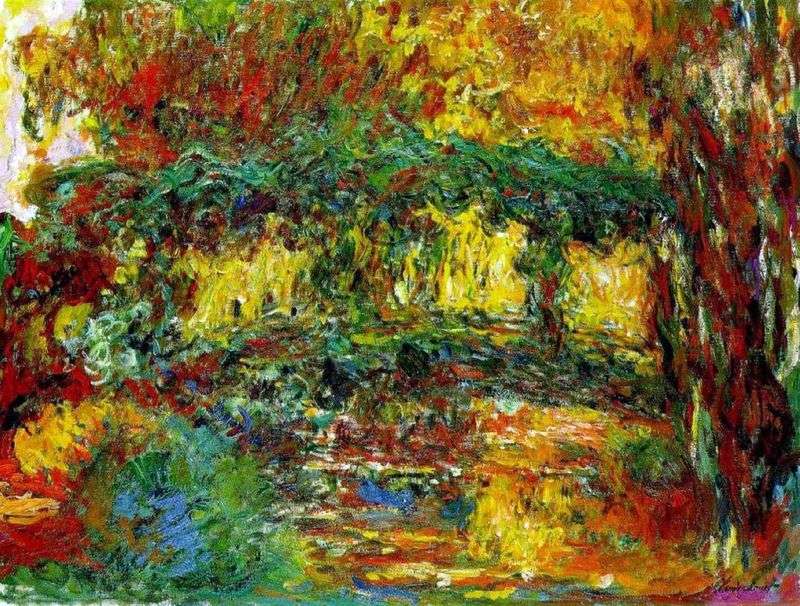 Japanese Bridge by Claude Monet
Japanese Bridge by Claude Monet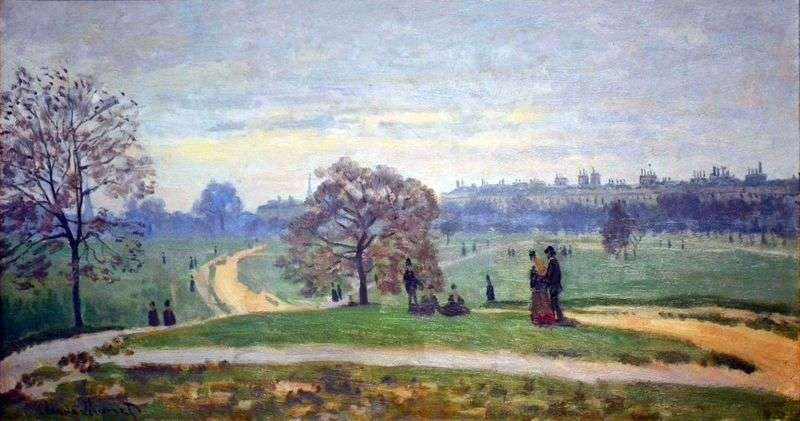 Hyde Park, London by Claude Monet
Hyde Park, London by Claude Monet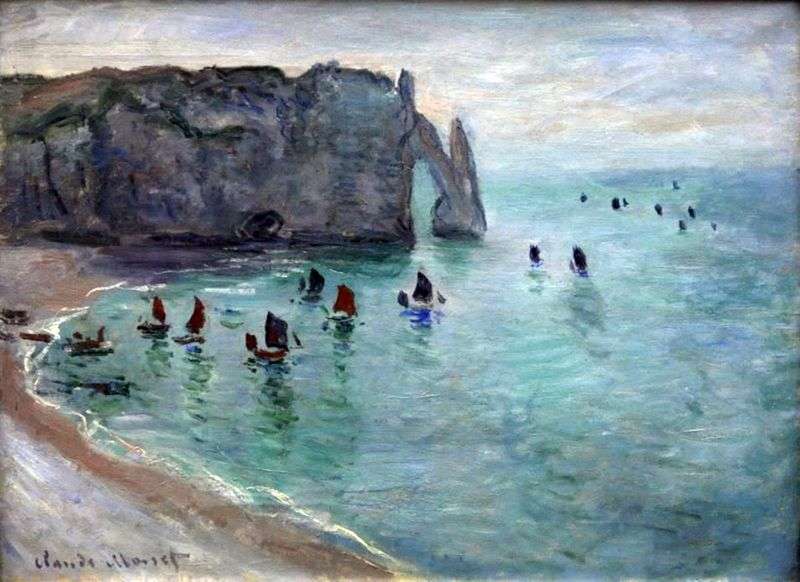 Etretat, Port D’Aval by Claude Monet
Etretat, Port D’Aval by Claude Monet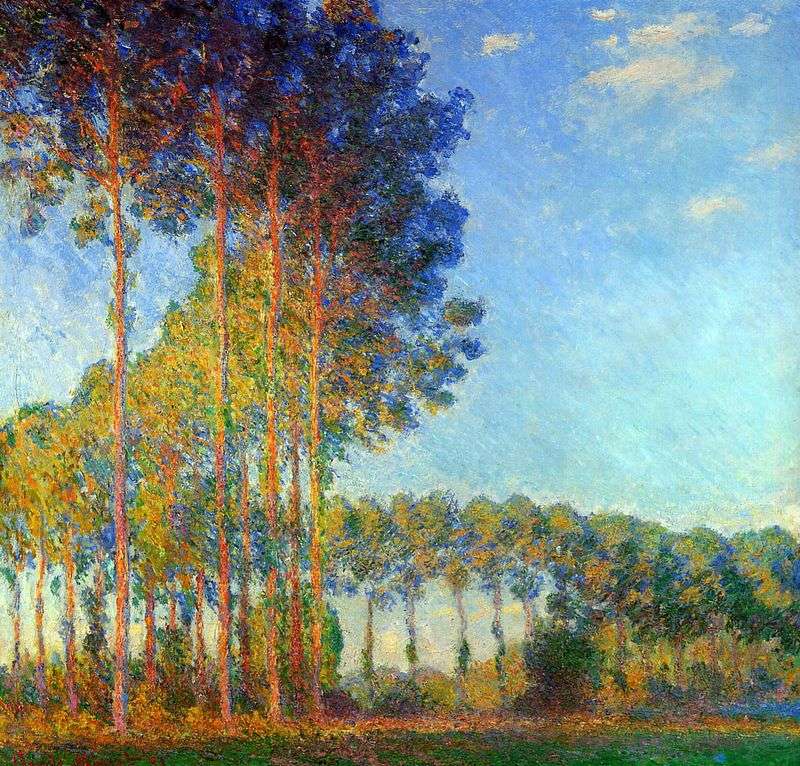 Poplars on the banks of the river Epta by Claude Monet
Poplars on the banks of the river Epta by Claude Monet